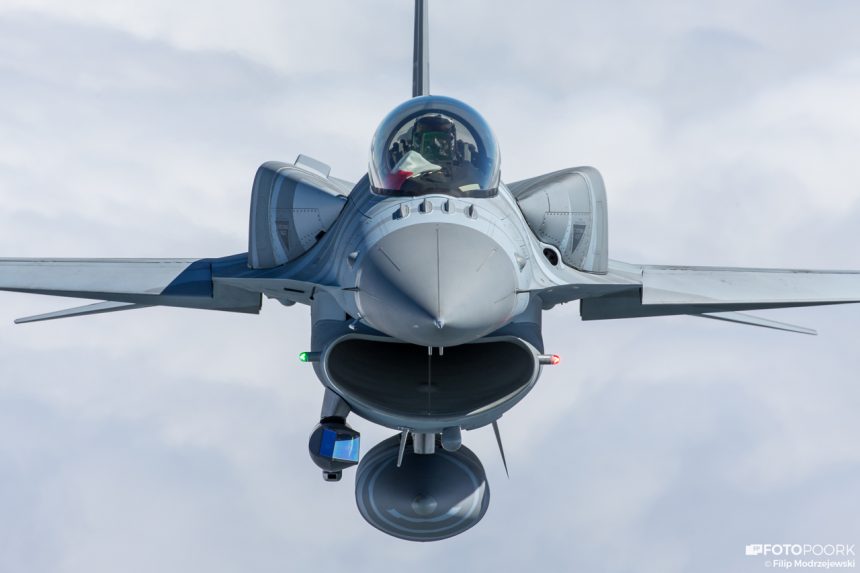The NATO fighter aircraft supporting BAP (Baltic Air Policing) mission in the Baltic States conducted six alert scrambles to identify and escort Russian military aircraft over the Baltic Sea in one week.
The Ministry of National Defence Republic of Lithuania has just released some interesting data about the activities conducted by the NATO fighter aircraft deployed to the Baltic States in support of NATO BAP mission.
According to the Lithuanian MoD, in the week between May 22 and 28, allied aircraft were called to perform six alert scrambles to identify and escort Russian combat planes flying in international airspace over the Baltic Sea.
On May 22 interceptors were scrambled to intercept one An-26 of the Russian Federation flying from mainland Russia to Kaliningrad Oblast in international airspace over the Baltic sea. The Russian transport plane was flying according to a pre-filed FPL, maintained radio contact with the ATC agencies but had its onboard transponder switched off.
On the same day, another Russian An-26 flying from mainland Russia to Kaliningrad was intercepted over the Baltic (once again and as usual in international airspace) because the submitted flight plan did not correspond to the actual flight and, although the aircrew had radio contact with the ATC, the transponder was switched off.
On May 23 NATO fighter jets were directed to intercept one Tu-134 of the Russian Federation in international airspace over the Baltic Sea. The twin-engined, narrow-
On May 25 NATO fighters intercepted one an Il-20 Coot spyplane flying from mainland Russia to Kaliningrad in international airspace over the Baltic Sea. The Il-20 intelligence gathering aircraft did not have a filed FPL, did not maintain radio contact and did not use the onboard transponder, a kind of behaviour that has raised some concern in the past, when Russians spyplanes flying in the vicinity of busy airways have almost collided with civilian traffic in the region as happened for instance on Mar. 3, 2014, when SAS flight SK 681, a Boeing 737 with 132 people on board from Copenhagen to Rome almost collided with an Il-20 Coot, about 50 miles to the southwest of Malmö, Sweden.
On May 26 NATO air policing fighter aircraft intercepted one Russian Tu-134 escorted by two Su-27 Flankers that were flying from Kaliningrad to the mainland Russia in international airspace over the Baltic Sea. Although the Tu-134 had a valid flight plan, the onboard transponder switched on and kept radio contact with the ATC, the two Su-27s that escorted it till the Gulf of Finland and then returned to Kaliningrad over international waters, had no FPL, onboard transponders off, and did not maintain radio contact with the local air traffic control agencies.
On May 28 NATO aircraft intercepted one An-72 and two escorting Su-27s flying from mainland Russia to Kaliningrad in international waters over the Baltic Sea. The An-72 was flying according to a pre-filed flight plan, kept radio contact and used the onboard transponder. The Su-27 complied with none of these requirements according to the Lithuanian authorities.
The spike in alert scrambles comes after some weeks of calmness with just six scrambles in the period between March 27 and May 22.
The Polish Air Force carries out the BAP mission with four F-16 fighter aircraft from Poznan deployed to Šiauliai, Lithuania, while the Spanish Air Force deployed five F-18 Hornets from Zaragoza Air Base in Spain, to Ämari, Estonia.
H/T @cezarysta for the heads-up. Image Credit: Filip Modrzejewski









